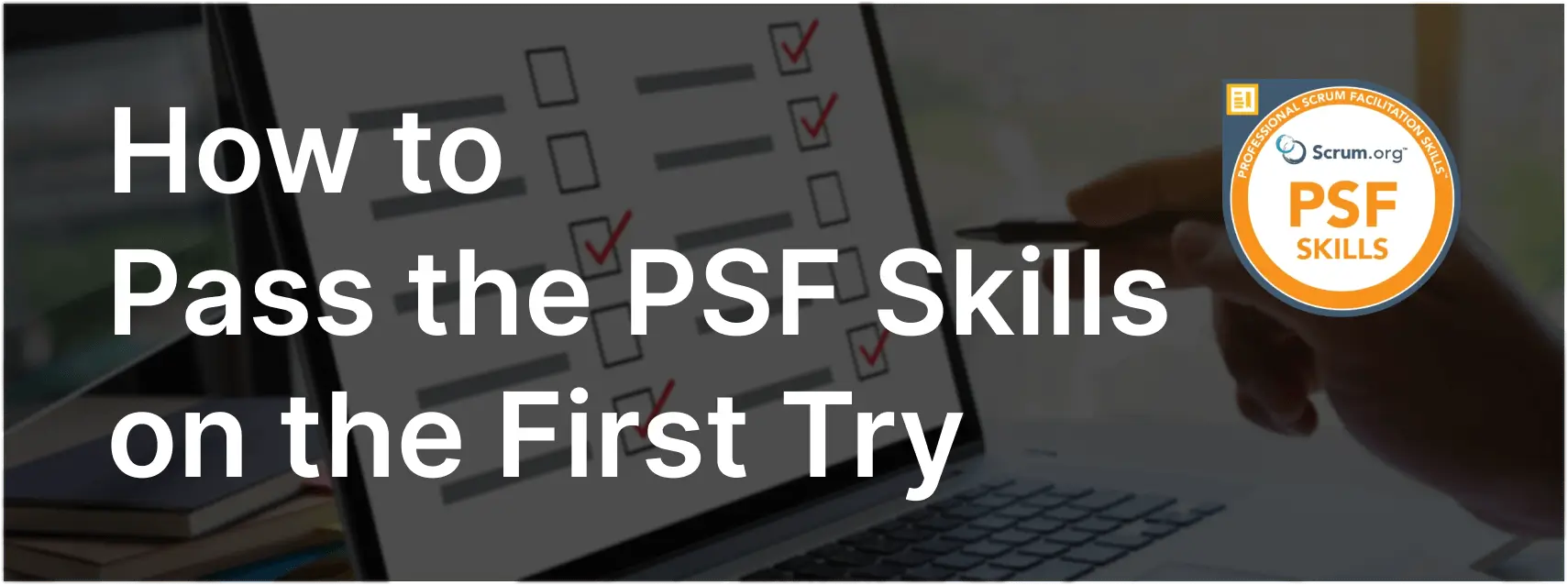Facilitating Company-Wide Meetings
Facilitating a company-wide meeting requires thoughtful preparation to ensure that participants remain engaged and that the meeting objectives are met. Understanding why participants might become disengaged can help address issues and improve facilitation techniques.
Exam Question
You are facilitating a company-wide meeting. You are prepared with fun icebreakers and interesting exercises. Five minutes into the meeting, everyone seems disengaged. Why might the team be disengaged?
(choose the best answer)
A. You came prepared with exercises that do not relate to connecting people to each other or the objective of the meeting.
B. You did not state the rules of engagement before the start of the meeting.
C. You ran exercises and fun icebreakers that are not appropriate for the executive level staff that attend.
D. You did not warn people beforehand that this would be an interactive session with fun exercises.
Correct Answer
A. You came prepared with exercises that do not relate to connecting people to each other or the objective of the meeting.
Explanation
Correct Answer
A. You came prepared with exercises that do not relate to connecting people to each other or the objective of the meeting:
When facilitating a meeting, it is crucial to choose activities that are relevant and meaningful to the participants. Icebreakers and exercises should be designed to help participants connect with each other and with the content of the meeting. If the activities seem irrelevant or disconnected from the meeting’s purpose, participants may quickly lose interest and become disengaged.
Why the Other Options Are Less Relevant
B. You did not state the rules of engagement before the start of the meeting:
While setting expectations and ground rules is important, it is not the primary reason for disengagement if the exercises themselves are not meaningful.
C. You ran exercises and fun icebreakers that are not appropriate for the executive level staff that attend:
Tailoring activities to the audience is important, but the primary issue here is the relevance of the activities to the meeting’s objectives, not necessarily their appropriateness for the audience.
D. You did not warn people beforehand that this would be an interactive session with fun exercises:
Although it can be helpful to inform participants about the meeting format, the main factor for disengagement is the perceived irrelevance of the activities.
Key Considerations for Effective Facilitation
- Relevance: Ensure that all activities and exercises are directly related to the meeting’s goals and objectives.
- Engagement: Choose activities that foster interaction and engagement among participants.
- Audience Appropriateness: Tailor your facilitation techniques to suit the level and preferences of your audience.
PSF Skills Exam Insights
Understanding how to keep participants engaged during a meeting is essential for the PSF Skills exam. This involves selecting appropriate and relevant facilitation techniques that align with the meeting’s objectives and the participants’ needs.
Key Takeaways
- The relevance of activities to the meeting’s objectives is crucial for maintaining engagement.
- Effective facilitation involves choosing activities that connect participants to each other and the meeting content.
- Tailoring activities to the audience is important, but ensuring their relevance is paramount.
Conclusion
Facilitating a company-wide meeting effectively requires selecting relevant and engaging activities that align with the meeting’s objectives and the participants’ needs. By focusing on the relevance of exercises, facilitators can maintain engagement and achieve the desired outcomes. For more information on preparing for the PSF Skills exam, visit our Professional Scrum Facilitation Skills PSF Skills™ Exam Prep.



